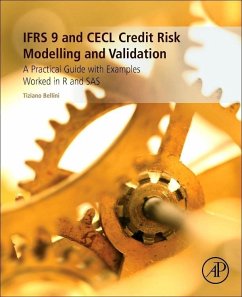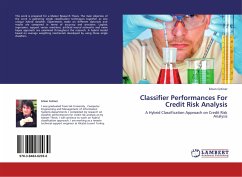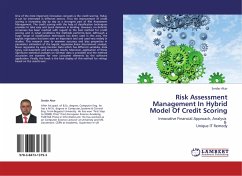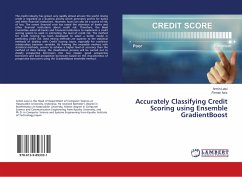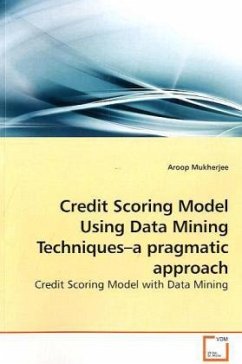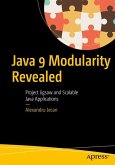IFRS 9 and CECL Credit Risk Modelling and Validation covers a hot topic in risk management. Both IFRS 9 and CECL accounting standards require Banks to adopt a new perspective in assessing Expected Credit Losses. The book explores a wide range of models and corresponding validation procedures. The most traditional regression analyses pave the way to more innovative methods like machine learning, survival analysis, and competing risk modelling. Special attention is then devoted to scarce data and low default portfolios. A practical approach inspires the learning journey. In each section the theoretical dissertation is accompanied by Examples and Case Studies worked in R and SAS, the most widely used software packages used by practitioners in Credit Risk Management.
Offers a broad survey that explains which models work best for mortgage, small business, cards, commercial real estate, commercial loans and other credit products Concentrates on specific aspects of the modelling process by focusing on lifetime estimates Provides an hands-on approach to enable readers to perform model development, validation and audit of credit risk models
Hinweis: Dieser Artikel kann nur an eine deutsche Lieferadresse ausgeliefert werden.
Offers a broad survey that explains which models work best for mortgage, small business, cards, commercial real estate, commercial loans and other credit products Concentrates on specific aspects of the modelling process by focusing on lifetime estimates Provides an hands-on approach to enable readers to perform model development, validation and audit of credit risk models
Hinweis: Dieser Artikel kann nur an eine deutsche Lieferadresse ausgeliefert werden.
"IFRS 9 and CECL Credit Risk Modelling and Validation: A Practical Guide with Examples Worked in R and SAS by Tiziano Bellini is a precious resource for industry practitioners, researchers and students in the field of credit risk modeling and validation. The author does a great job in covering the various topics in a scientifically sound and comprehensive way without losing practitioner focus. The SAS and R case studies further contribute to its value and make it indispensable for anyone working in credit risk!" --Bart Baesens, KU Leuven and the University of Southampton
"It is commendable that practitioners like Dr Tiziano Bellini find the time to write volumes on the important industry developments in risk management. This timely volume provides a guide to credit risk modelling and validation in the context of IFRS 9 and CECL expected credit loss estimates. The book is thus developed in the context of the familiar PD, LGD and EAD framework. Recent challenging developments are discussed, for example the treatment of lifetime losses is very timely. The last part of the book, where multivariate time series models are brought into play, can also give ideas to researchers who may wish to make their work more relevant for the industry. More generally, this volume provides an unparalleled guide for graduate and MSc students. Examples in R and SAS make the book a must-have for risk management practitioners." --Damiano Brigo, Imperial College London
"It is commendable that practitioners like Dr Tiziano Bellini find the time to write volumes on the important industry developments in risk management. This timely volume provides a guide to credit risk modelling and validation in the context of IFRS 9 and CECL expected credit loss estimates. The book is thus developed in the context of the familiar PD, LGD and EAD framework. Recent challenging developments are discussed, for example the treatment of lifetime losses is very timely. The last part of the book, where multivariate time series models are brought into play, can also give ideas to researchers who may wish to make their work more relevant for the industry. More generally, this volume provides an unparalleled guide for graduate and MSc students. Examples in R and SAS make the book a must-have for risk management practitioners." --Damiano Brigo, Imperial College London

